RBI MPC Outcome: Central bank maintains status quo on rates for 8th time; check other important monetary policy announcements
The Reserve Bank of India (RBI) on Friday made the policy announcements of the Monetary Policy Committee (MPC) meeting that started on October 6, 2021, and continued till today, October 8, 2021. Check the announcements made here:
Repo Rate
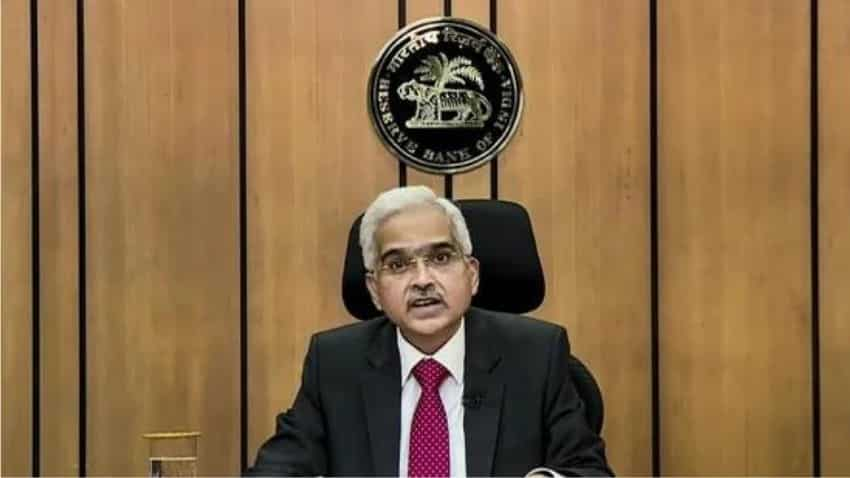
The RBI decided to keep benchmark interest rate (repo rate) unchanged at 4 per cent but maintained an accommodative stance even as the economy is showing signs of recovery after the second COVID wave. This is the eighth time in a row that the Monetary Policy Committee (MPC) headed by RBI Governor Shaktikanta Das has maintained status quo. The reverse repo rate will also continue to earn 3.35 per cent for banks for their deposits kept with RBI.
GDP growth projection

Inflation

SLTRO for Small Finance Banks
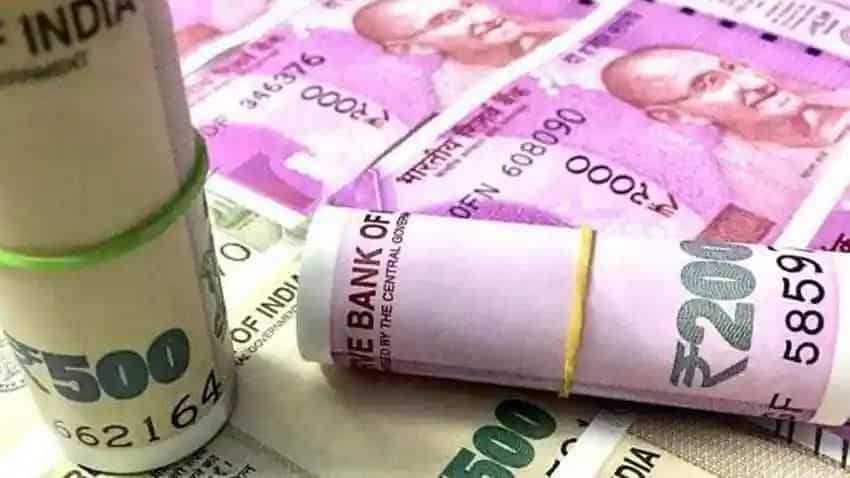
A special three-year long-term repo operation (SLTRO) of Rs 10,000 crore at the repo rate was introduced for Small Finance Banks (SFBs) in May 2021. This facility is currently available till October 31, 2021. Recognising the need for continued support to small business units, micro and small industries, and other unorganised sector entities, it has been decided to extend this facility till December 31, 2021 and make it available On Tap.
Enhancing Transaction Limit in IMPS to Rs 5 lakh
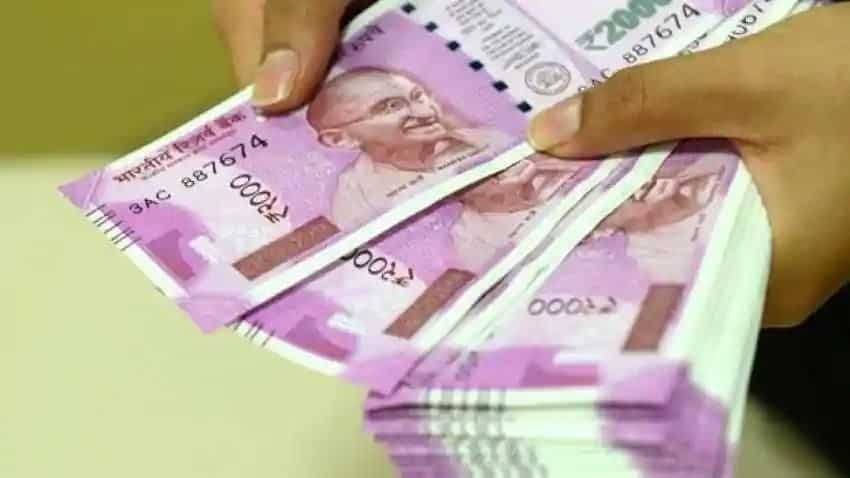
Retail Digital Payment Solutions in Offline Mode
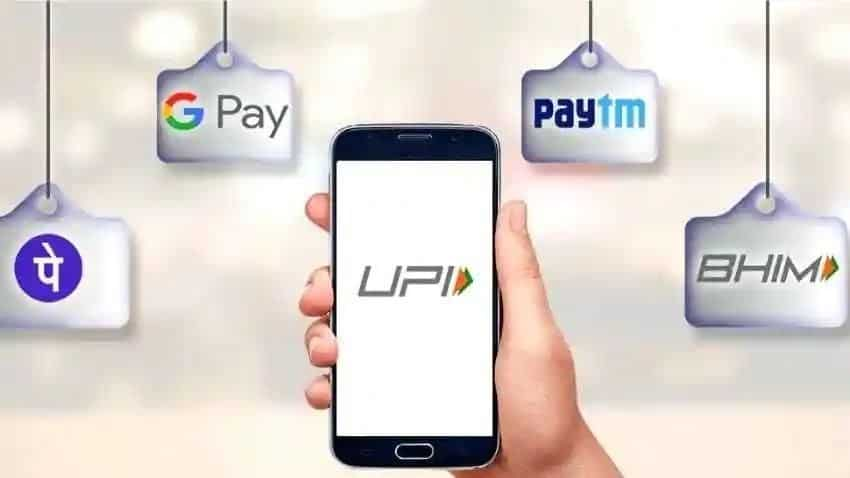
To further expand the reach of digital payments and open up new opportunities for individuals and businesses. RBI has proposed to introduce a framework for retail digital payments in offline mode across the country given the encouraging experience gained from the pilot tests. (Image source: Zee News)
Regulatory Sandbox- Announcement of the Theme for a New Cohort and On Tap Application for Earlier Themes
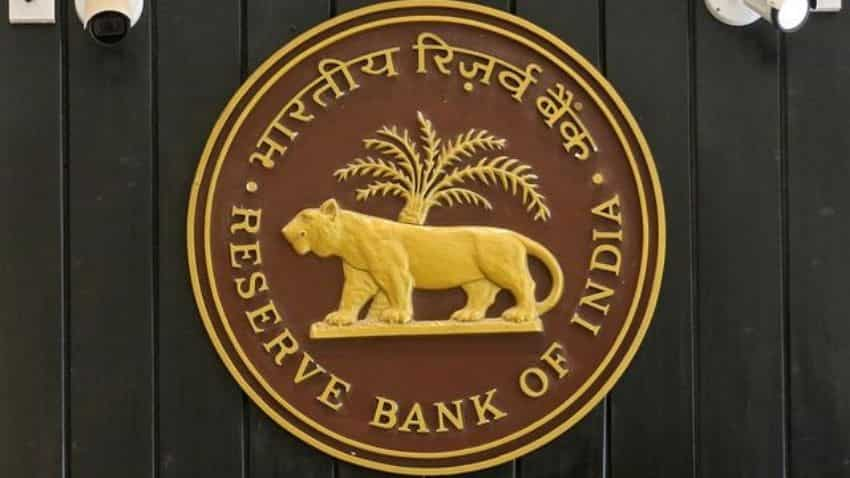
The Reserve Bank’s Regulatory Sandbox (RS) has so far introduced three cohorts on ‘Retail Payments’; ‘Cross Border Payments’; and ‘MSME Lending’. With a view to provide further impetus to the fintech eco-system, a fourth cohort on ‘Prevention and Mitigation of financial frauds’ is being announced. In addition, based on the experience gained and the feedback received from stakeholders, it is proposed to facilitate ‘On Tap’ application for earlier themes for participating in the Regulatory Sandbox. This measure is expected to ensure continuous innovation in the fintech ecosystem of our country.
Geo-Tagging of Payment System Touch Points
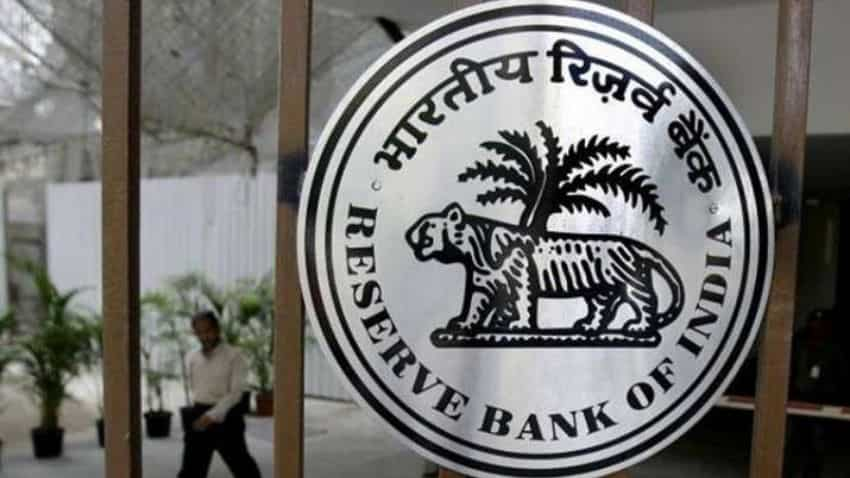
To target areas with deficient PA (payments acceptance (PA) infrastructure, it is proposed to introduce a framework for leveraging geo-tagging technology for capturing exact location information on all existing and new PA infrastructure. This would complement the Payment Infrastructure Development Fund (PIDF) framework of the RBI in ensuring wider geographical deployment of PA infrastructure.
Internal Ombudsman for NBFCs

The increased strength and reach of NBFCs across the country has necessitated various measures by the Reserve Bank for protection of customers of NBFCs. With a view to further strengthening the internal grievance redress mechanism of NBFCs, it has been decided to introduce the Internal Ombudsman Scheme (IOS) for certain categories of NBFCs having higher customer interface.
Priority Sector Lending

Considering the increased traction observed in delivery of credit by NBFCs to the underserved/unserved segments of the economy, bank lending to registered NBFCs (other than MFIs) for on-lending to Agriculture, MSME and Housing was permitted to be classified as Priority Sector lending (PSL). This facility, which was available from August 13, 2019 till September 30, 2021 is being further extended for another six months up to March 31, 2022.




